If you’ve got a big dog at home, you probably already know: keeping their skin and coat healthy is a constant challenge. And here’s the thing—not everyone realizes it, but the weather has everything to do with it.
I found this out thanks to Lua, my golden retriever who weighs over 30 kilos (about 70 pounds) and sheds like it’s her full-time job.
For a while, I couldn’t understand why she scratched more during summer or why her fur came out in clumps during the fall. After lots of observation (and sweeping), I finally realized the weather was playing a big role in all of it.
So, if you’re noticing changes in your dog’s skin or coat, chances are the climate may be behind it.
🥵 Summer: Heat and Endless Itching
In summer, everything seems to get worse. Here at home, Lua gets lazier, drinks tons of water (which is great), but also starts scratching like crazy—especially her belly and between her paws.
You know what I found out? Heat encourages dermatitis, fungi, and fleas. Her skin stays moist, her fur takes longer to dry after baths or swimming, and that creates the perfect environment for irritation.
Plus, dogs with long or double coats suffer even more in the heat. They retain a lot of body heat, which can even lead to heat stress.
What worked for me:
- Bathing with gentle, antifungal shampoos.
- Drying her thoroughly, especially between the toes and skin folds.
- Brushing more often to remove excess dead fur.
- Keeping her in cool, shady places—especially in the afternoon.
❄️ Winter: Cold and Dry Skin
In winter, it’s a different story. Lua doesn’t shed as much, but her skin gets dry and flaky. I’d notice little scabs on her shoulders, and she would scratch her neck a lot.
Then I realized that, just like us, dogs feel the effects of dry air and low temperatures. The humidity drops, baths become less frequent (because let’s be real, cold water is no fun), and that directly affects skin hydration.
What helped here:
- Reducing bath frequency (but still brushing regularly).
- Using moisturizing shampoos or even deep-conditioning treatments for dogs.
- Increasing omega-3 and 6 intake in her diet.
- Letting her soak up some gentle morning sun, which helps with overall health.
🍂 Fall and Spring: Shedding Season
These seasons are well-known as shedding time. So yes, get your broom and vacuum ready—the fur is coming.
Lua sheds so much in fall that sometimes I think she’s going bald (spoiler: she never does, but it sure looks like it!).
It’s just her body adjusting. In the fall, she loses her “summer coat” to grow a thicker one for winter. In spring, it’s the opposite—she lets go of the dense winter fur.
What I do during these times:
- Daily brushing (yes, daily!).
- More frequent baths to help remove dead fur.
- Turbo mode on the vacuum cleaner 😂
🌧️ Humid Weather: Extra Caution Needed
I live in a region where we get a lot of rain certain times of the year. And let me tell you—humid weather is skin’s worst enemy.
Once, Lua developed a skin infection from the humidity. We’d come back from walks and even though I dried her off, her belly would still be damp. Result? Red skin, itching, and that strong, unpleasant smell.
Solutions that worked:
- Absorbent towels for better drying after walks.
- Pet-safe powders for moist areas (vet-recommended).
- Avoiding letting her lay directly on cold or damp floors.
We tend to think that only humans suffer from heat, cold, or dry weather. But our dogs feel it too—a lot! Their skin and fur react directly to climate changes.
The most important thing is to observe. If your dog is shedding too much, scratching constantly, or if their coat looks dull, the weather could definitely be the reason.
Here at home, once I started adjusting Lua’s care routine based on the season, her skin improved so much. And of course, love and brushing are a year-round ritual ❤️
What about your dog? How does your big pup react to the changing weather? I’d love to hear your story too!

